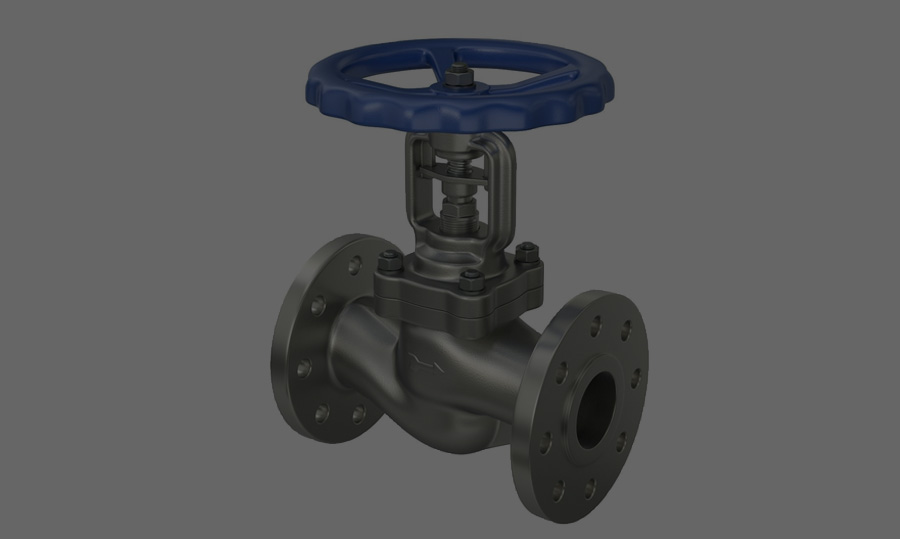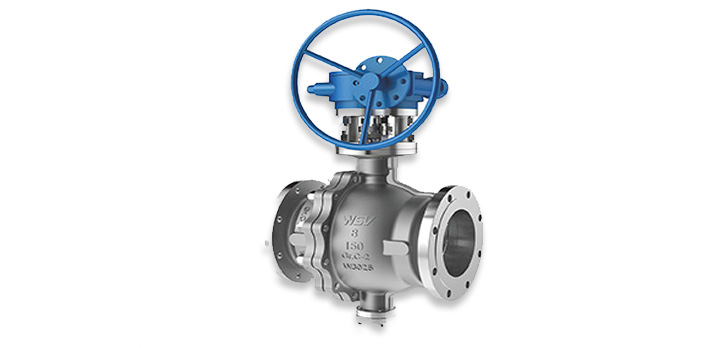
Valves are one of the most important components of a pipeline system and choosing the right one is one of the biggest decisions you will make when designing or constructing a pipeline system or when planning for maintenance. These components might appear minor when compared to the large structure of the pipeline but are critical in the safe, efficient, and reliable functioning of the pipeline. It is therefore quite challenging to make the right decision given the many options that are available in the market. This blog will take you through the key considerations to make to ensure that you select the right pipe valve for your use.
Valves in piping are employed to regulate the flow of fluids such as liquids, gases and slurries in a system. They can open, close, control the rate of flow, control pressure and prevent back flow or leakage. As seen, it is for this reason that the selection of the right valves is crucial.
The type of fluid flowing through the pipeline significantly influences the choice of valve materials. For instance, valves that are used to control the flow of aggressive fluids such as acids or caustic solutions have to be made of materials that are resistant to attack by such fluids such as stainless steel or plastic. On the other hand, high-temperature fluids may require the use of certain alloy that can work well under high temperature without corroding
2. Pressure and Temperature ConditionsValves are classified according to the pressure and temperature that they can handle. The choice of a pipe valve should be made based on the working conditions of the pipeline in question. In high pressure, you may think of using globe valves or ball valves because of their efficiency in handling high pressure. Likewise, for high temperature conditions, materials like Hastelloy or Inconel may be preferred because of their high thermal properties
3. Valve FunctionalityAnother important factor is the understanding of the particular need of your valves, that is, what function they are expected to accomplish. For example, if you require a very slow rate of flow, then a globe valve or a needle valve is more suitable because of their throttling feature. On the other hand if the main purpose is to open or close the flow rapidly then a ball valve or a gate valve is more suitable
4. Flow CharacteristicsThe valves used in piping systems have different flow characteristics. There are some valves, such as butterfly valves, which have very low pressure drop and can be used where pressure drop is to be kept to a minimum. Some of them include check valves that are used to allow the flow of the fluid in one direction and not in the opposite direction. These characteristics are crucial to know and how they might fit with the pipeline’s demand will guide the selection process
5. Size and Space ConstraintsThe size of the pipe valve as well as the size of the space that it is to fit into are factors that cannot be ignored. Some of the valves like the gate valves are relatively larger than the other types due to their construction while others like the ball valves are relatively smaller and can be installed in relatively smaller spaces. The size of the valve has to be determined by the space available for it and should not be chosen in such a way that it hinders the performance of the valve
6. Valve MaterialsThe type of material used in the construction of a valve determines its service life, resistance to corrosion, and the kind of service it can handle. Valve materials can be metallic such as cast iron, stainless steel, brass or non metallic such as PVC, Teflon etc. Both materials have their strengths and weaknesses. For instance, stainless steel valves are highly resistant to corrosion and are very durable and suitable for use in very rough conditions while PVC valves are relatively cheaper, light in weight and are suitable for use in low pressure applications
7. Industry Standards and CertificationsEnsuring that the valves you choose comply with industry standards and certifications is essential for safety and reliability. Standards such as ISO, API, and ASME provide guidelines on the design, manufacture, and testing of valves, ensuring they meet the required safety and performance criteria. Always check that the valves you're considering have the necessary certifications for your specific industry
 8. Maintenance Requirements
8. Maintenance Requirements
Different valves in piping systems have varying maintenance needs. Some valves are more prone to wear and tear, requiring frequent maintenance or replacement, while others are designed for long-term, maintenance-free operation. Consider the maintenance demands of your pipeline and choose valves that align with your ability to maintain them. For example, ball valves are known for their low maintenance needs, while globe valves may require more frequent attention due to their complex design
9. Cost ConsiderationsWhile it might be tempting to opt for the cheapest option, it's essential to consider the long-term costs associated with your valve choice. Factors such as maintenance, durability, and energy efficiency can significantly impact the total cost of ownership. Investing in high-quality valves might have a higher upfront cost, but they often pay off in the long run through reduced maintenance and longer service life
10. Environmental ImpactIn today’s world, considering the environmental impact of your choices is more important than ever. Selecting valve materials that are environmentally friendly or choosing valves that improve energy efficiency can contribute to your overall sustainability goals. For instance, low-emission valves can help reduce the carbon footprint of your operation, aligning with global efforts to combat climate change
Selecting the right valves for your pipeline is a multifaceted process that involves careful consideration of various factors, from the nature of the fluid and operating conditions to maintenance needs and environmental impact. By taking the time to understand these aspects and aligning them with your specific pipeline requirements, you can ensure that your system operates efficiently, safely, and reliably
You can Contact Nufit Flanges at sales@nufitalloys.com to discover more about Valves, and their applications in pipelines.